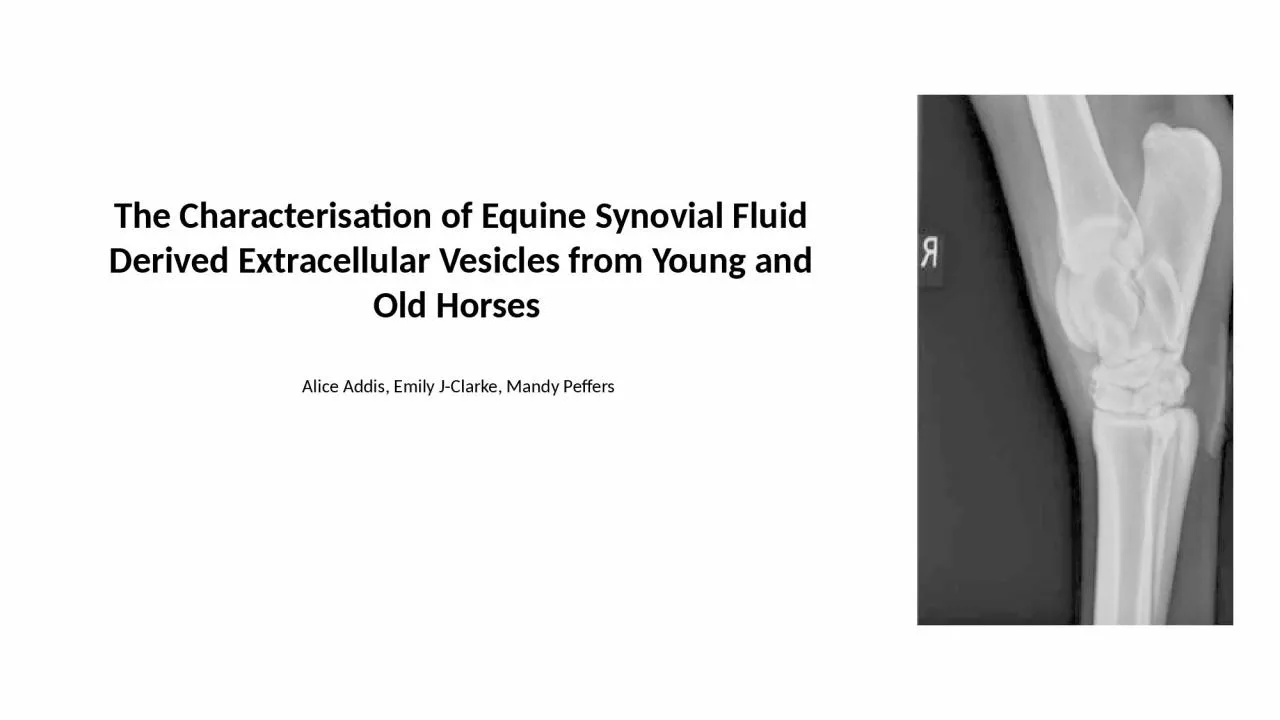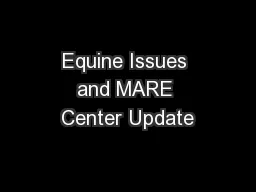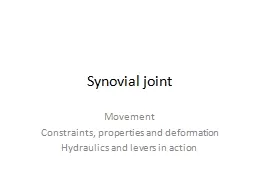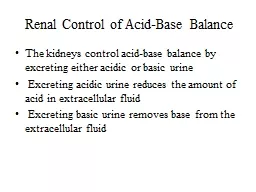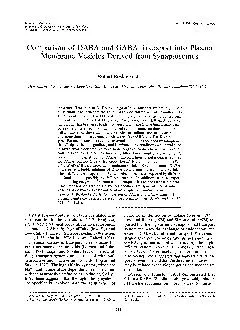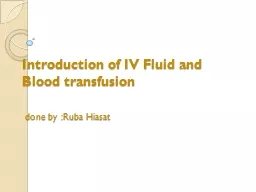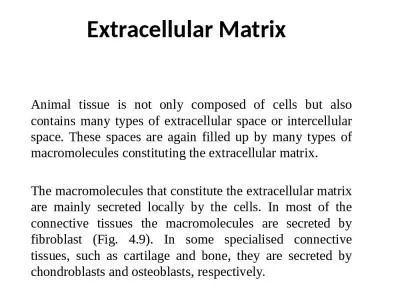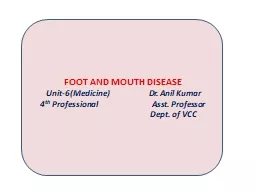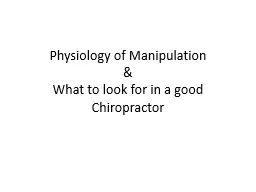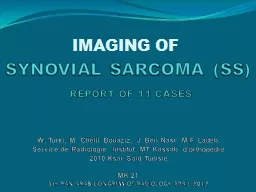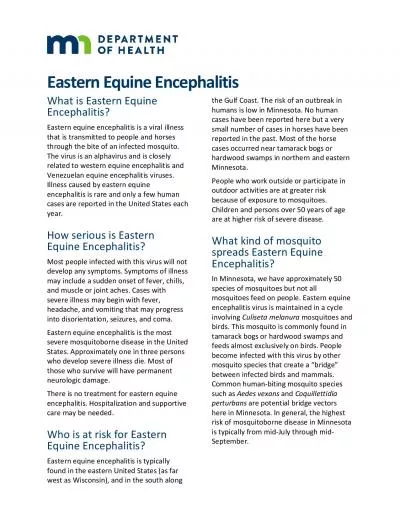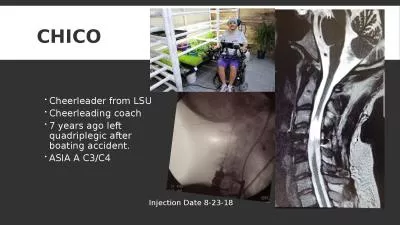PPT-The Characterisation of Equine Synovial Fluid Derived Extracellular Vesicles from Young
Author : badra | Published Date : 2024-01-29
Alice Addis Emily JClarke Mandy Peffers Equine Osteoarthritis Lameness due to joint injury and disease is the most prevalent cause of diminished athletic function
Presentation Embed Code
Download Presentation
Download Presentation The PPT/PDF document "The Characterisation of Equine Synovial ..." is the property of its rightful owner. Permission is granted to download and print the materials on this website for personal, non-commercial use only, and to display it on your personal computer provided you do not modify the materials and that you retain all copyright notices contained in the materials. By downloading content from our website, you accept the terms of this agreement.
The Characterisation of Equine Synovial Fluid Derived Extracellular Vesicles from Young: Transcript
Download Rules Of Document
"The Characterisation of Equine Synovial Fluid Derived Extracellular Vesicles from Young"The content belongs to its owner. You may download and print it for personal use, without modification, and keep all copyright notices. By downloading, you agree to these terms.
Related Documents

